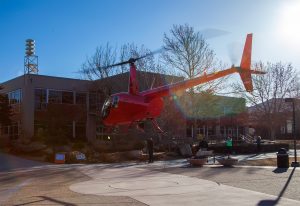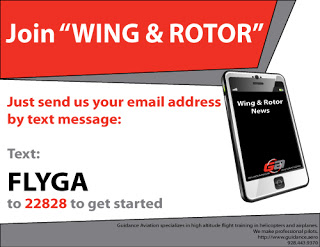Suborbital Reusable Vehicles (SRVs) are rockets designed to travel into space without achieving orbit. To date, existing types of suborbital vehicles have taken hundreds of component and test flights. Already, five new designs are being developed, with initial operations planned to begin in 2013 and 2014.
The FAA is responsible for licensing, regulating and inspecting SRVs. To help the industry, the FAA and other government agencies meet future SRV market demand, the “Ten Year Forecast of Suborbital Reusable Vehicles” analyzes emerging SRV markets and identifies drivers of growth.
The study includes three scenarios of demand for the SRV market based on modest, decreased and significant growth. Looking at the most favorable “Growth Scenario,” the study finds the number of available seats would increase from 1,096 seats in the first year to 1,592 seats in the 10th year. The study also indicates that over a 10-year period, SRV flights could bring in an estimated $300 million to more than $1.6 billion in economic impact.
Based on the market study, SRVs have the potential to offer more than just opportunities for space tourism. Although the leading market is expected to be commercial human space flight, the study also shows that other potential markets include: aerospace technologies testing and demonstrations; educational opportunities; basic applied research; media and entertainment; as well as, small satellite deployment. In fact, one day SRVs may also help in earth imagery and point to point transportation.
A fact sheet on the study is available at:
http://www.faa.gov/news/fact_sheets/news_story.cfm?newsId=13792
Source: FAA News



